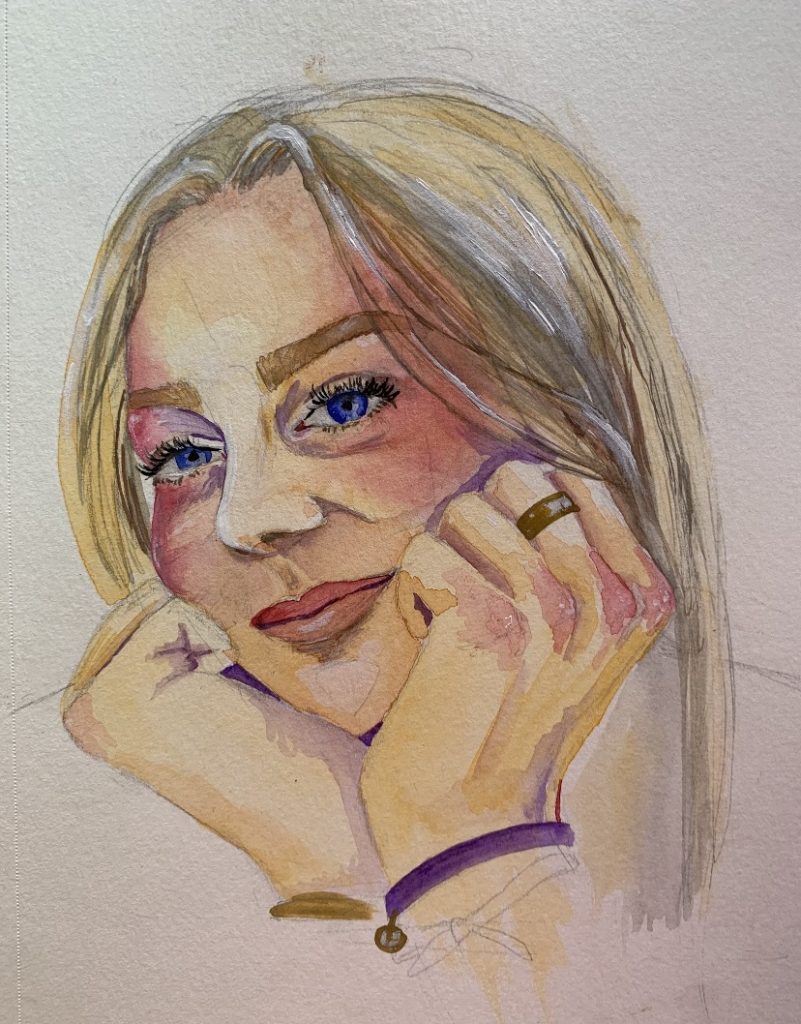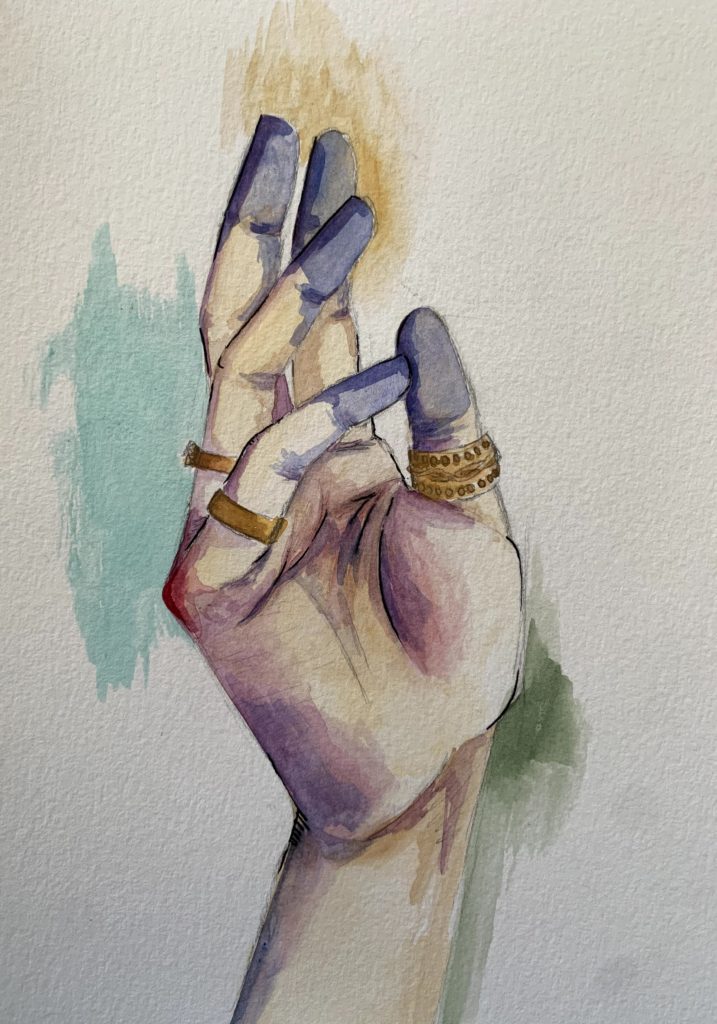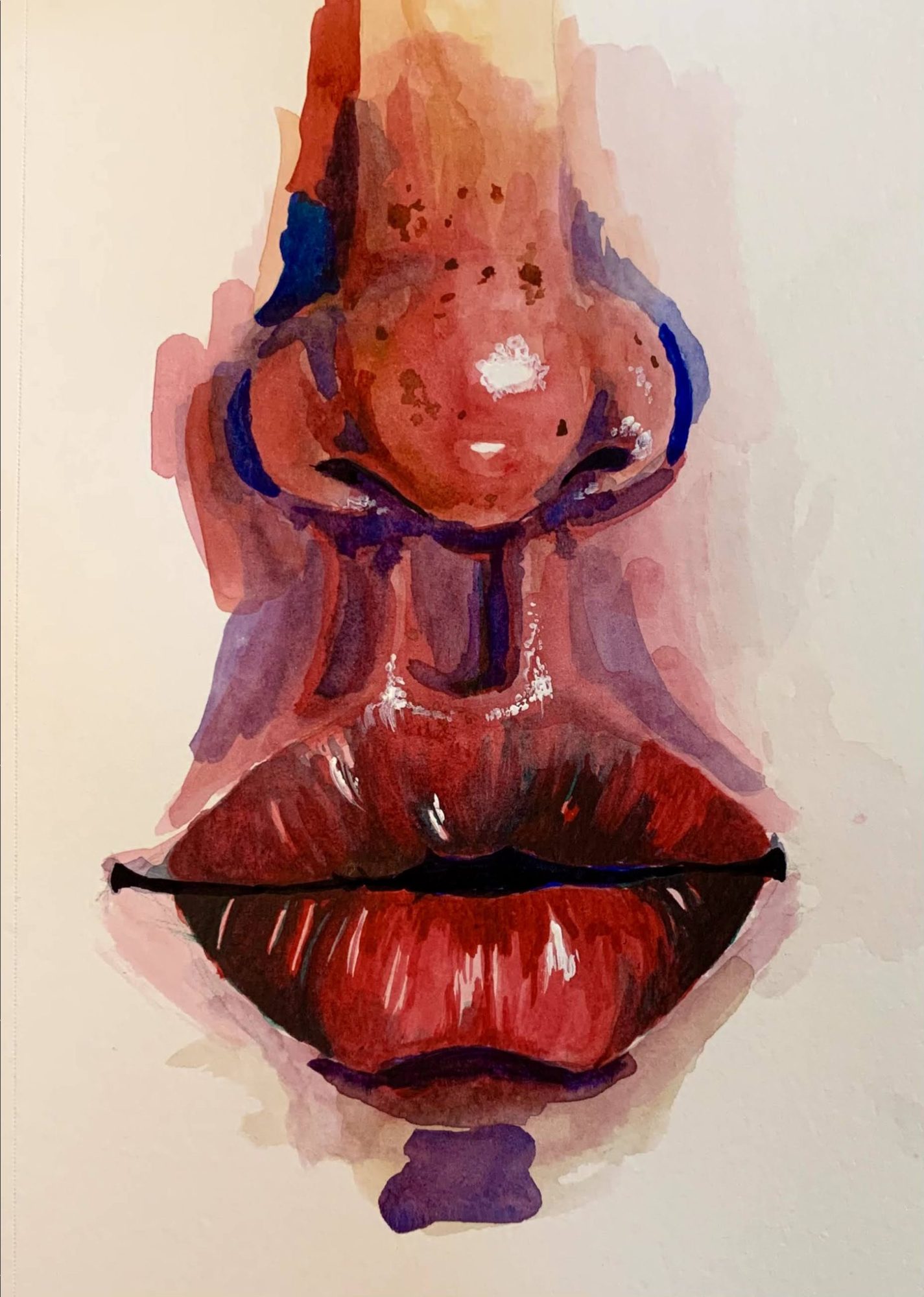Watercolor paint is one of the oldest mediums in artwork to still be commonly used today. Watercolor artwork has been dated back to China in 4000 BCE, used for traditional landscapes. Since then, it has remained a very strong pillar as a medium for painters to channel into art.
If you are just starting out in using watercolor, it is important to make sure that you have the right supplies. Since water can be so transparent and thin, not having the right foundation to paint on can lead to bad results.
- If you are painting on paper, you will want to make sure that your paper is made for watercolor painting and can retain more water than regular copy paper. You will typically want your sketchbook or paper to be at least 100lbs, most sketchbooks watercolor are about 140lbs. Any paintbrush really, but the softer the better to retain more water.
- If you are painting on canvas, a base that you will need for the watercolor to set is a watercolor ground. Otherwise, the water will not hold to the gesso’d canvas.

Watercolor paint can typically be used in two traditional forms: wet tubed watercolor, and dry pressed watercolor.
- Dry pressed watercolor needs to be saturated first with water to activate the pigment. Depending on how much water you mix, the thicker or thinner the application of pigment will be on your canvas.
- wet-tubed watercolor can often be used without any additional water if you would like to opt for a thicker consistency, but I typically water down my paints a lot to make increased depth visible.

How to apply watercolor on the canvas/paper
Make sure that you are treating your watercolor piece like it needs an underpainting, possibly a Grisaille method, and blocking out the areas that will have a darker value. With watercolor, it is important to work on your shadows first, and make sure that you have the spaces for your highlights blocked out since the color will just make them darker. You want your canvas to be working for you when it comes to the highlights.
Oftentimes, artists will even use painters tape to mark off areas that they would like to be lightest, covering them with the tape so that they cannot be affected by the paint.
After you have your shaded areas done, make sure to use your mid tones by covering the entire area that you want painted in thinner layers. This will give the shaded areas a lot more cohesion with the rest of the colors and highlights because they will all be circulating under the same shades.
What to watch for when applying watercolor
When you are applying watercolor, its important to remember that different shades of water can mix accidentally on the canvas if previous ones are not dry, muddying the colors.

